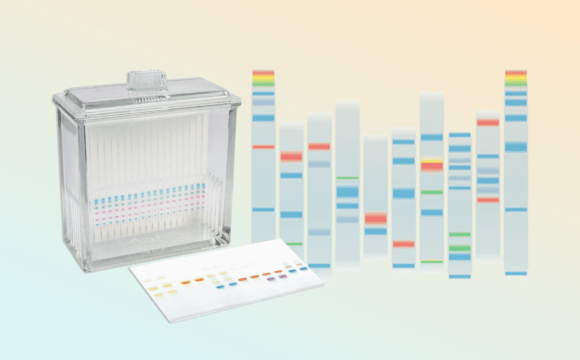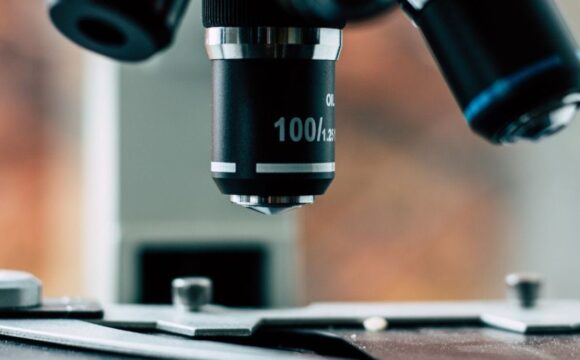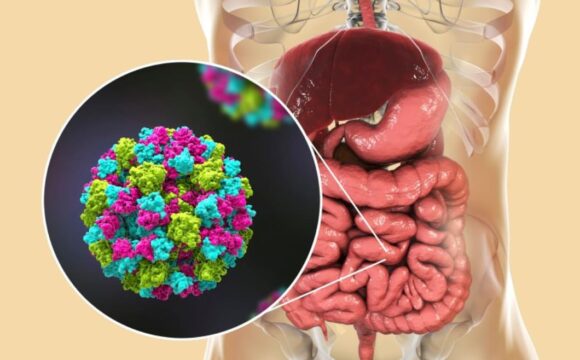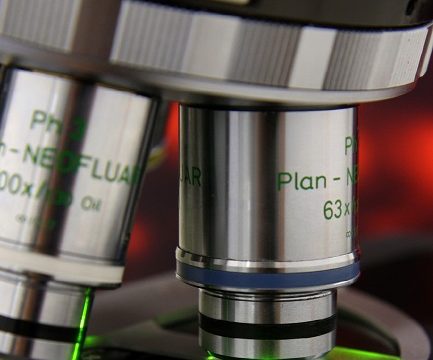Cell culture is a very important biotechnological technique in the scientific world. It can be defined as a platform using which the treatment of various diseases and their respective diagnostic techniques can be developed. This technique incorporates the isolation of the cells extracted from a plant, insect, or animal body and growing them artificially. Cell culture encourages the growth and maintenance of cells out of their natural environment/ niche. The cells are grown in laboratories in Petri dishes or flasks under the action of an appropriate media and under extremely controlled environmental conditions. The environmental conditions that are taken care of are pH, temperature, osmolality, nutritional composition, etc. Appropriate media can also help keep the pH and osmolality in check. The process in which the cells are extracted from the animal body for culturing is called animal cell culture. Cells of different complexities can be easily cultured due to scientific advancements.
Media plays a pivotal role in animal cell culture techniques because the media is what provides nutrients to the cells and decides if the cell would be able to grow or not. Typically, a media utilized in animal cell culture incorporates components such as vitamins, amino acids, glucose, serum, inorganic salts, adhesion factors, and hormones. Different cells require different media so as to support their growth and reproduction. The culture of the animal cells can either be done using a natural medium or an artificially developed medium combined with natural components.
Natural media: Natural media includes the original form of biological fluids or tissue extracts such as human placental cord serum, extracts of liver, etc. A wide range of cells extracted from animals can be conveniently cultured using natural media. However, the natural media are not appropriately defined which is why it is difficult to know the correct composition of the components present in the media. Due to a lack of knowledge about the media composition of such natural media, some cells are not able to grow or reproduce to the desired extent and hence, proved to be disadvantageous.
Artificial media: Artificial media are also commonly called synthetic media. Artificial media consists typically of both organic and inorganic nutrients. Such artificial media also incorporates added vitamins, carbohydrates, cofactors, salts, serum, etc. Artificial media are designed specially to support the indefinite growth of the cells and incorporate specialized functions into the cells. There exists a variety of artificial media designed to serve as a much better and more convenient media when compared to natural media. They are-
- Serum containing media
- Serum-free media
- Chemically defined media
- Protein-free media
Serum-containing media: These artificial media contain serum in them. Serum in a media acts as a chelator for nutrients which are water-insoluble, growth-promoting factors and nutrients. One very common example of a serum-containing medium is Fetal Bovine Serum. It is the most commonly used supplement in animal cell culture techniques. However, the presence of serum in an animal cell culture media can have immense drawbacks along with the risk of microbial contamination. The media composition of the serum-containing media is not at all defined which may possess problems during cell culture. It can further have negative impacts on studies involving immunology.
Serum-free media: To overcome the problems caused by serum-containing media, these serum-free media came into utilization. The formulation of such a media was done specifically to support the cell culture of stem cells. Similar to the serum-based media, these media also contains defined amounts of growth factors and proteins. Such media contains well-defined components and due to this reason, the serum-containing media are also called defined culture media. Because of the defined composition of components of media, the rate of result reproducibility is higher. However, serum-free media may also contain products derived from animals that are not appropriately defined.
Protein-free media: Large proteins are typically absent in protein-free media. These media may be chemically defined or might not actually be. Protein-free media incorporates only non-protein components. The utilization of protein-free media promotes better cell growth when compared to serum-containing media.
Chemically defined media: Chemically defined media are those media which has every component appropriately defined. The exact composition of all its components are well known. This factor promotes the best cell growth and reproducibility of the cells in the chemically-defined media. Glucose salt broth is a common chemically defined media used in animal cell culture.
Selecting the correct media plays a crucial role in animal cell culture. Thus, gaining immense knowledge about the differences among the various types of media is very important. This would result in proper growth and maintenance of cells so as to facilitate better use of such cultured cells.










